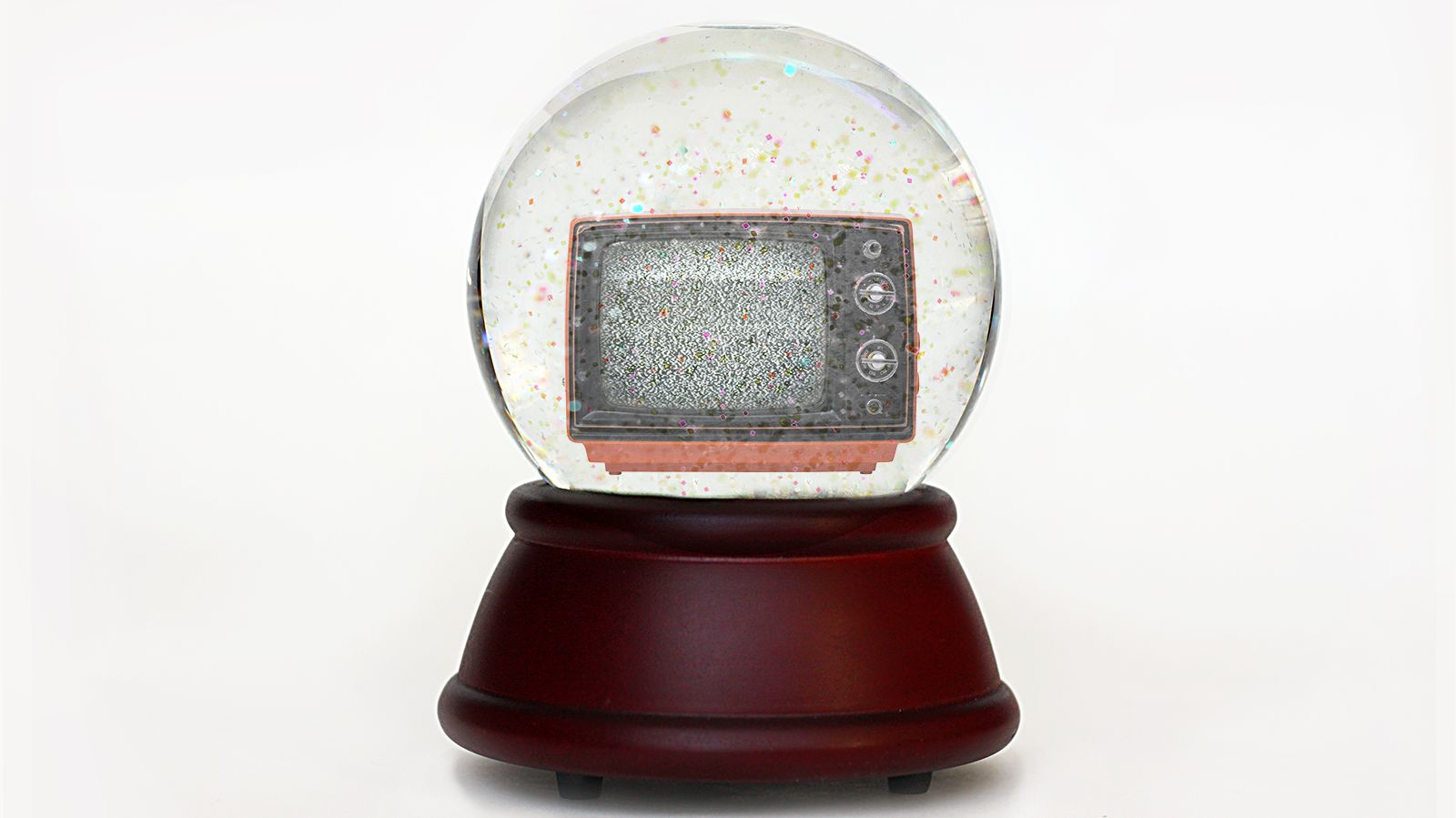
The Westphall Theory of a Unified TV Universe, Explained
When NBC’s hour-long hospital drama St. Elsewhere signed off after six seasons on May 25, 1988, more than a few viewers were saddened. Not necessarily because the series—which had earned 13 Emmy Awards during its run—was ending, but because producers opted for a highly unconventional finale. In the closing moments of the episode, a boy named Tommy Westphall (Chad Allen), the son of medical director Dr. Donald Westphall, was seen peering into a snow globe. Inside the globe was a tiny mock-up of St. Eligius, the medical center that was featured in the series. Behind him stood his father, who was sporting a construction worker’s wardrobe.
The implication was that Tommy—a character on the autism spectrum—had imagined the entire show, a fiction-within-the-fiction conceit that had angered viewers during the infamous “dream season” arc on Dallas five years earlier. (On that series, Bobby Ewing was brought back to life after his "death" turned out to be just a bad dream.)
“I expect a very mixed reaction,” Bruce Paltrow, one of the show's executive producers, told the Chicago Tribune in 1988. “I think some people will think it's extraordinary and existential and quintessential St. Elsewhere. I think other people will find it puzzling, odd, maybe unfulfilling in some way.”












/cdn.vox-cdn.com/uploads/chorus_asset/file/24865558/236752_Brilliant_Plug_In_smart_switch_JTuohy_0004.jpg)
/cdn.vox-cdn.com/uploads/chorus_asset/file/25355893/STK022_ELON_MUSK_CVIRGINIA_B.jpg)








/cdn.vox-cdn.com/uploads/chorus_asset/file/24348456/Matter_Screengrab_01.jpg)